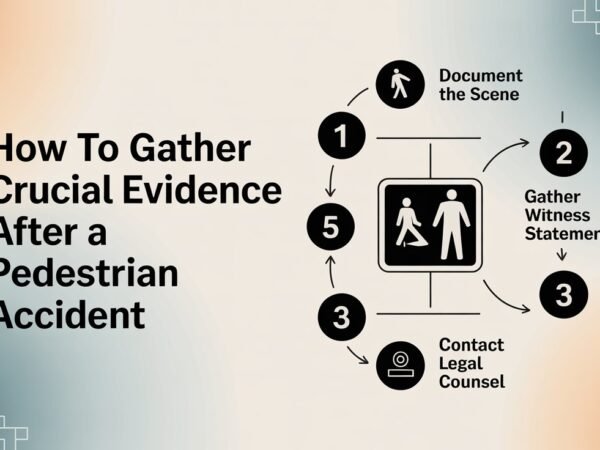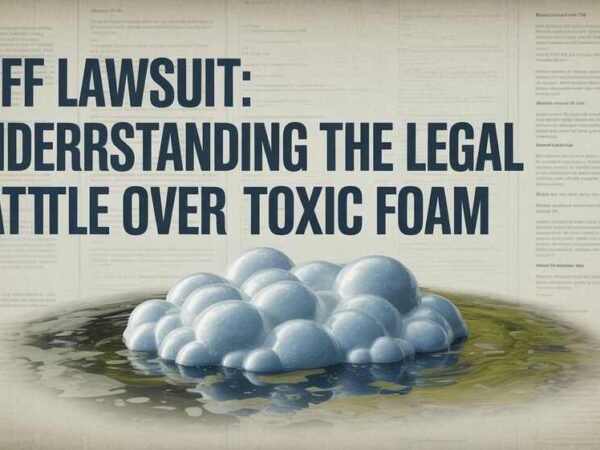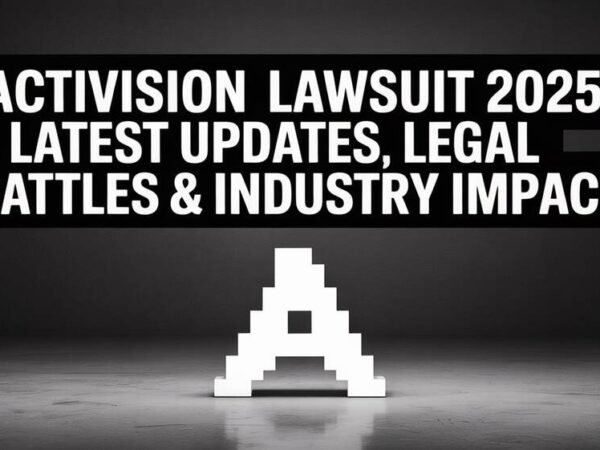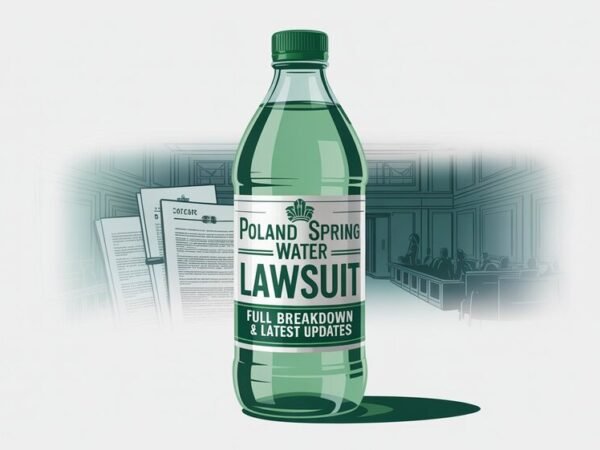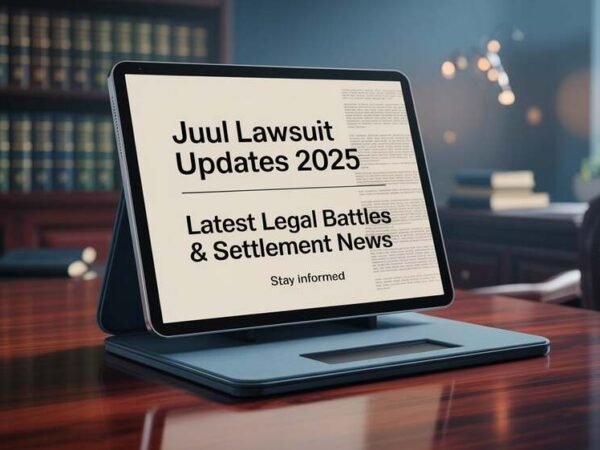Introduction: What Is a Defamation Lawsuit in 2025?
A defamation lawsuit is a legal action brought by an individual or entity whose reputation has been harmed by false statements made publicly by another party. In 2025, defamation’s legal terrain has grown increasingly complex due to the exponential rise of digital communication platforms, real-time content sharing, and the proliferation of social media influencers and content creators. While traditional defamation law draws clear lines between libel (written) and slander (spoken), today’s fast-paced digital world blurs these distinctions. Now more than ever, reputational harm can occur in seconds and spread globally within minutes. As public discourse becomes more polarized and information more decentralized, the importance of defamation lawsuits has risen dramatically. Individuals and organizations seek accountability and legal remedies against falsehoods that cause real-world personal and professional damage. This heightened relevance makes understanding the modern defamation lawsuit crucial for anyone engaging with online platforms or the public sphere.
Trending Defamation Lawsuits in 2025
Recent Celebrity Defamation Cases Making Headlines
The past year has seen a dramatic rise in celebrity defamation lawsuits, many of which have dominated headlines and reshaped public perceptions of fame, privacy, and speech. High-profile cases often involve disputes between artists, actors, influencers, media outlets, or rival public figures. One recent example includes a globally recognized musician suing a significant music label over alleged defamatory remarks made during a viral video performance. The musician argued that specific on-stage implications were malicious and intended to harm his career and reputation. These lawsuits demonstrate how rapidly digital content can spark legal battles when perceived as defamatory.
Social media has proven to be a double-edged sword in such cases. On the one hand, it offers celebrities the power to defend themselves and shape narratives directly with fans. On the other hand, it also accelerates the spread of harmful statements, making reputational recovery more difficult and amplifying damages. Legal experts now consider virality and platform reach when determining the severity of reputational harm.
Political Figures and Defamation in a Polarized Era
Political defamation lawsuits have become increasingly common as public trust in politicians and media continues to erode. With polarizing ideologies clashing more frequently, political figures turn to the courts to defend themselves against false or misleading claims. In 2025, one of the most talked-about cases involved a former member of Parliament filing suit against a rival party leader for allegedly spreading misinformation that led to reputational harm and professional consequences.
These cases underscore the delicate balance between free political speech and the protection of personal dignity. Legal analysts are watching closely as courts navigate these murky waters, especially in democratic societies where freedom of expression is a constitutional right. Courts are now required to weigh public interest against malicious intent, often setting new precedents for evaluating political speech under defamation law.
Media Outlets vs. Public Figures: Who Holds the Power?
One of the most significant developments in the 2025 defamation law is the shifting relationship between media outlets and public figures. Traditionally, courts have offered media entities considerable protection under the First Amendment, requiring public figures to prove “actual malice” to succeed in a defamation lawsuit. However, recent cases suggest a gradual recalibration.
In a landmark case, a well-known public figure sued a national newspaper for mischaracterization in a published editorial. Although the paper issued a correction, the plaintiff argued that the damage had already been done, particularly given the article’s wide circulation and political context. The jury ultimately sided with the media organization, citing insufficient evidence of malicious intent.
These rulings continue to spark debates around media responsibility, the definition of reckless disregard, and the evolving expectations of journalistic standards in the age of click-driven content. Some lawmakers have even proposed reforms to defamation statutes to provide more precise guidelines for plaintiffs and publishers.
Social Media, Influencers, and Online Defamation
Influencer culture and the digital economy have opened the floodgates for online defamation claims. Today, influencers act as public figures and brands, making reputational integrity essential to their income and partnerships. In 2025, numerous lawsuits involve influencers accusing competitors or critics of defamation through YouTube videos, Instagram stories, or TikTok content.
Social platforms have become central battlegrounds in these disputes. Algorithms that favor controversial or polarizing content often reward posts that could be construed as defamatory. While platforms have started implementing content moderation tools and reporting mechanisms, legal systems are still playing catch-up. Determining jurisdiction and platform liability is a significant challenge, especially when cross-border users and content are involved.
This digital landscape requires that individuals think twice before posting potentially damaging information about others, as even a single viral comment can trigger a lawsuit. Legal professionals recommend that influencers and content creators consult legal experts when engaging in commentary that could harm another’s reputation.
Defamation Law: What’s Changed in 2025?
The legal doctrine of “actual malice,” established in the landmark 1964 U.S. Supreme Court case New York Times Co. v. Sullivan, remains the gold standard for defamation claims involving public figures. However, 2025 has brought growing debate about whether this high threshold still fits today’s media ecosystem. Some argue that the bar for “actual malice” is too high, allowing harmful misinformation to flourish unchecked. Others warn that lowering the standard could stifle free speech.
Internationally, legal frameworks differ significantly. In the UK, defamation laws are more plaintiff-friendly, requiring less stringent proof of intent. Canada and Australia also take a more balanced approach, focusing on harm caused rather than intent alone. These global contrasts lead to forum shopping, where plaintiffs file suits in jurisdictions most favorable to their claims.
Additionally, the rise of AI-generated content has introduced new challenges. Deepfakes and synthetic media capable of spreading convincing falsehoods are becoming central to defamation litigation. Courts are now considering whether creating and disseminating such content carries liability, especially when fabricating scandalous or career-damaging scenarios.
How to Protect Yourself from a Defamation Lawsuit
Whether you’re a content creator, business owner, or average social media user, understanding how to protect yourself from a defamation lawsuit is more crucial than ever. First, ensure that public statements or posts are fact-checked and clearly distinguish between opinion and factual claims. When discussing individuals or businesses, use disclaimers and avoid definitive, unverifiable accusations.
If you’re the target of defamatory content, document everything. Screenshots, timestamps, and engagement metrics can be vital evidence. Promptly consult legal counsel to assess whether a viable defamation claim exists. In many cases, a cease-and-desist letter can resolve disputes without litigation.
Conversely, if you’re accused of defamation, do not delete content unless advised by an attorney, as this can be seen as an admission of guilt. While not permanently legally binding, public retractions and clarifications may mitigate reputational damage and reduce the likelihood of a lawsuit.
Conclusion: Defamation in the Age of Digital Expression
As we move deeper into the digital age, the line between free speech and defamation continues to blur. Defamation lawsuits in 2025 highlight the tension between protecting individual reputations and ensuring open dialogue. With online platforms serving as both megaphones and minefields, the consequences of false or misleading statements have never been more severe.
While the legal system struggles to keep pace with technology, one thing remains clear: reputational harm is real, measurable, and increasingly actionable. Whether through reforms in the legal standard of actual malice, platform accountability, or public awareness, defamation law transforms and reflects the changing nature of communication. For individuals and institutions alike, understanding the rules of engagement in this new era is not just prudent—it’s essential.
Do Read: 72 Sold Lawsuit – Legal Controversy, Consumer Impact & Industry Fallout




